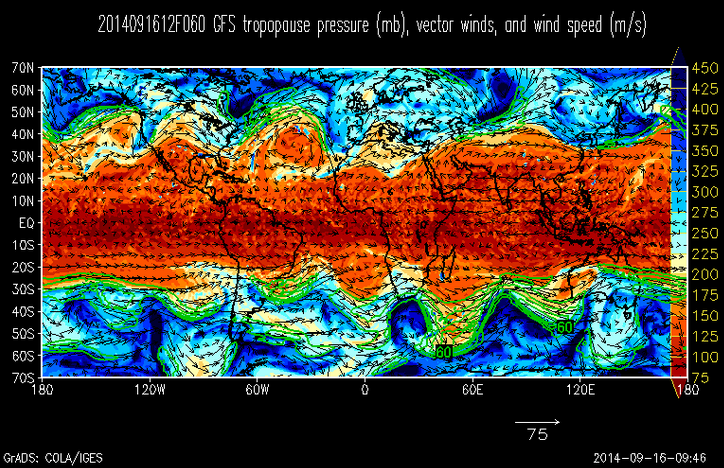From an interview of Louis Uccellini, Director of the National Weather Service, regarding coordinating weather forecasting with other countries:
The weather-climate-water community is a global community. There’s a lot of interaction at various international conferences and the World Meteorological Organization. Many of the models we run are part of the multi-model ensembles that are run and shared among the international modeling centers.In order to make a weather forecast for a specific area, we first need a forecast for the entire world. After we have a world forecast, we can run a finer scale model for a specific area.
From a day-to-day forecasting perspective, we need a global observing system to drive all our numerical models. Even though people may just be interested in their local forecast, that local forecast is imbedded within a global model, that’s driven by global observing systems and observations provided by countries all over the globe. For the forecasts themselves, we interact with European, U.K., and Canadian centers to share model information that influences our real time forecasts. So these partnerships are extremely important both from a research and an operational perspective, and part of the reason we’re seeing such a dramatic improvement in our extended range forecast is based on the partnerships.
For example, we start with the Global Forecast System (GFS),
Using the GFS as input, we can then run the North America Model (NAM), a model that only covers the United States (shown is the western states).
Using the NAM as input, you can then refine your forecast in a specific location with the Weather Research and Forecasting Model (WRF)



No comments:
Post a Comment
Note: Only a member of this blog may post a comment.